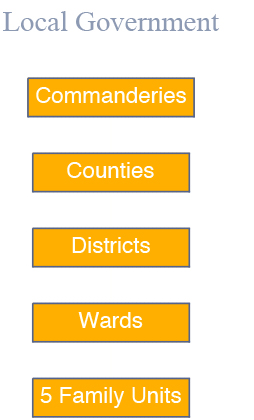
*Western Han (202 BCE-9 CE)
Xin (9-23)
Eastern Han (25-220)
Traditional
Reduced severity of laws
Why does Hansen questions this explanation?
Revisionist: Slowed pace of consolidation and expansion
Qin: 221-210 BCE
Han: 202-86 BCE
Moderated harsh Qin punishments?
Lowered the tax rate to 1/15 of crop
Hybrid administration
Qin-style centralized control
Western 1/3
Zhou-style feudalism in east
Kingdoms occupy 2/3 of country
*Chang’an capital
Cradle of Dynasties
Direct administration
Western 1/3


Palace intrigue
Liu Bang (Emperor Gaozu), r. 202-195 BCE
*Empress Lü
Regent
"Emperor" Hui (r. 195-188 BCE)
Emperor (r. 188-180 BCE)
2 child emperors in succession
Emperor Wen, 180-157 BCE
Emperor Jing, 156-141 BCE
*Emperor Wu, r. 140-87 BCE
Kingdoms in east
Imperial Han Jade Shroud
Shroud of Liu Sheng, d. 113 BCE
Son of Emperor Jing
Jade Shroud from Nanyue Kingdom
Gold Seal: “Administrative Seal of Emperor Wen”
Xiongnu in North
Prior methods:
Death without heir
Suppression of rebellionEmperor Jing
Proposal to reduce territory of Wu and Chu Kingdoms
Rebellion of Seven Kings, 154 BCE
Emperor Wu’s methods
Financial demands
Inheritance rulesPartible inheritance
Why is this a change from Zhou Dynasty practices?